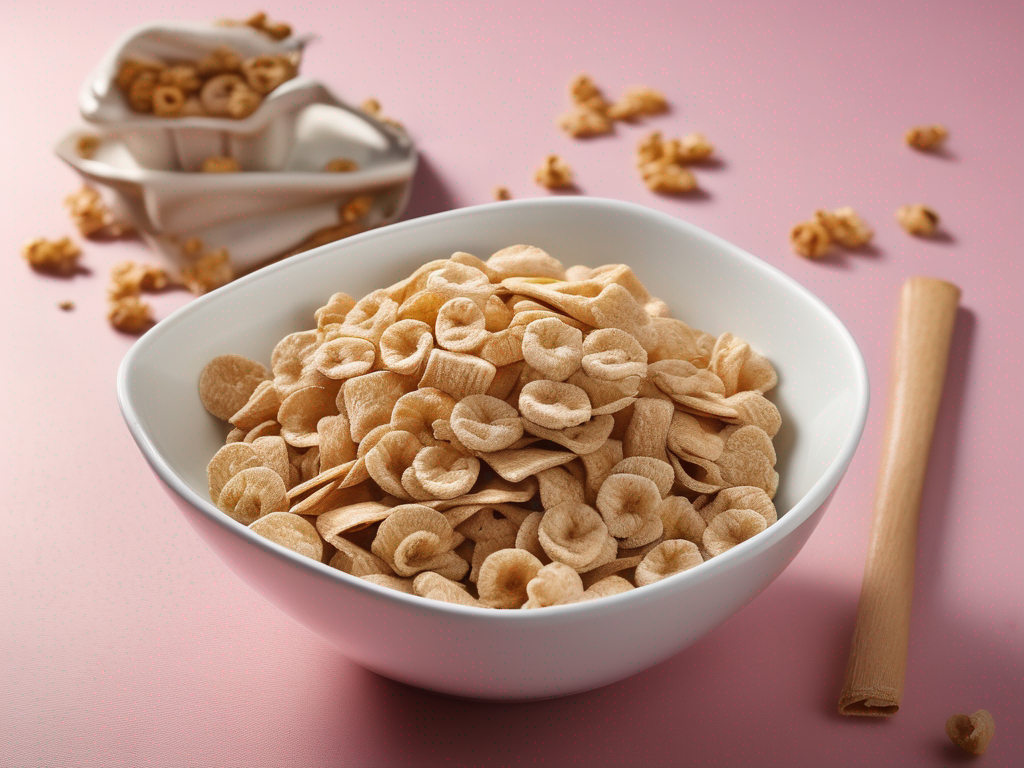
How Long Can You Keep Other Cereal Product Past Its Expiration Date?
Get Your Free Food Safety Cheat Sheet
30 most common foods with instant answers. Print it and stick it on your fridge—completely free!
How Long Can You Keep Other Cereal Product Past Its Expiration Date?
In today's fast-paced world, we often find ourselves with food items that have passed their expiration dates. This can lead to confusion about whether it is safe to consume certain products, especially when it comes to [other cereal products](/food/other cereal product). In this blog post, we will explore how long you can keep other cereal products past their expiration date, providing you with practical tips and safety information to ensure your food remains safe for consumption. (Other cereal product)
Understanding Expiration Dates on Cereal Products
When it comes to other cereal products, such as granola, muesli, or oatmeal, it's important to distinguish between "best by" dates and expiration dates. Here's what these terms mean:
- Best By Date: This date indicates the manufacturer's recommendation for when the product is at its peak quality. It does not necessarily mean the product is unsafe to consume after this date.
- Expiration Date: This date is the manufacturer's estimate of when the product may no longer be safe to consume. It is important to pay close attention to this date for food safety reasons.
Factors Affecting the Shelf Life of Other Cereal Products
Several factors can influence how long other cereal products can be kept past their expiration date. Understanding these factors can help you make informed decisions about the safety of your food. Some key factors include:
1. Storage Conditions
- Temperature: Cereal products should be stored in a cool, dry place away from direct sunlight and heat sources.
- Humidity: Excess moisture can cause cereal products to spoil more quickly.
- Air Exposure: Properly sealing the packaging can help extend the shelf life of cereal products.
2. Packaging
- Sealed Packaging: Products stored in airtight containers or sealed packaging are likely to last longer.
- Damaged Packaging: If the packaging is damaged, the product may be exposed to air and moisture, leading to quicker spoilage.
3. Product Ingredients
- Natural Ingredients: Cereal products with natural ingredients may have a shorter shelf life compared to those with preservatives.
- Added Fats and Oils: Products with added fats and oils may go rancid more quickly.
Guidelines for Keeping Other Cereal Products Past Expiration
While it is essential to follow expiration dates for food safety, there are guidelines you can follow to determine if other cereal products are still safe to consume past their expiration date:
1. Check for Signs of Spoilage
- Mold: Discard any cereal product that shows signs of mold growth.
- Off Odors: If the product smells rancid or off, it is best to throw it away.
- Texture Changes: If the texture of the cereal product has changed significantly, it may be spoiled.
2. Conduct a Visual Inspection
- Inspect the Packaging: Look for any signs of damage or tampering that may have compromised the product.
- Check for Pests: Ensure there are no pests or insects in the packaging.
3. Perform a Taste Test
- If in Doubt, Taste a Small Portion: If the product looks and smells fine, taste a small amount to check for any off flavors.
Conclusion
In conclusion, while it is crucial to pay attention to expiration dates on other cereal products for food safety reasons, there are practical guidelines you can follow to determine if a product is still safe to consume past its expiration date. By understanding the factors that affect shelf life, checking for signs of spoilage, and conducting visual and taste tests, you can make informed decisions about the safety of your food. Remember, when in doubt, it is always best to err on the side of caution and discard any product that shows signs of spoilage. (Other cereal product)
Authoritative Food Safety References
These agencies and university labs inform every tip and health precaution we publish.
USDA FoodKeeper – Cold Storage Guidelines
Official refrigerator, freezer, and pantry timelines maintained by the U.S. Department of Agriculture.
Visit USDA FoodKeeperFDA Produce Safety Rule & Grower Guidance
Field-to-fridge handling practices that prevent contamination of fruits, vegetables, and leafy greens.
Visit FDA Produce SafetyCDC Foodborne Illness Prevention Hub
Surveillance-backed guidance on pathogens, symptoms, and steps to reduce foodborne illness risk.
Visit CDC Food SafetyUC Davis Postharvest Technology Center
University research detailing optimal storage atmospheres for produce after harvest.
Visit UC Davis PostharvestPenn State Extension – Home Food Preservation & Safety
Peer-reviewed extension bulletins on safe canning, chilling, and reheating practices.
Visit Penn State ExtensionGet Your Free Food Safety Cheat Sheet
30 most common foods with instant answers. Print it and stick it on your fridge—completely free! Want more? Upgrade to the complete guide with 70+ foods.
Scan your food directly and get instant safety info using our AI-powered camera feature.